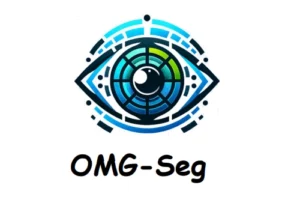Prepare to be amazed by TexMod and StructD, two powerful tools that are changing the game in creating stunning images with just a few examples! Researchers Mengping Yang and Zhe Wang from the University of Science and Technology in Shanghai, China, have brought TexMod and StructD to life.With TexMod and StructD, computers can generate high-quality, diverse images even with limited examples. This breakthrough opens up exciting possibilities for teaching computers to create all sorts of amazing visuals, from dog portraits to beautiful flowers, and much more.

Transforming Computer Creativity
In the past, computers faced a significant hurdle when tasked with generating new images, especially when provided with limited examples. It was akin to attempting to create a masterpiece using only a handful of brushstrokes. Computers struggled to capture the essence of complex objects, often resulting in rudimentary or inaccurate depictions.
With the introduction of TexMod and StructD, the landscape has shifted dramatically. These groundbreaking technologies have empowered computers to work their magic with a mere handful of examples. This revolutionary leap means that we can now teach computers to craft exquisite images, even of objects they’ve never encountered before. Whether it’s illustrating the magnificence of rare animals or envisioning breathtaking futuristic landscapes, the possibilities have expanded exponentially.
This breakthrough opens up a world of possibilities. In the future, we can expect computers to assist us in all sorts of creative tasks, from designing stunning graphics to generating artwork that’s as unique as a fingerprint. The world of digital art and design is about to get a whole lot more exciting.
Accessibility and Implementation Details
The research announcement is available on arXiv through this link arxiv. As for accessibility, the research paper is publicly available, which means anyone interested can access it. However, the availability of open-source implementations of the techniques mentioned in the paper is not specified. Interested parties should refer to the research paper or relevant online resources for further information on open-source implementations.
Exploring the Potential of Few-Shot Image Synthesis
Artistic Innovation: The research opens up new possibilities in the world of art by allowing artists to create unique and captivating visual artworks with ease.
Advancing Medical Imaging: The medical field can benefit from improved image synthesis, aiding in research, diagnostics, and treatment planning.

Revolutionizing Education: It has the potential to transform education through the generation of custom educational materials, making learning more engaging and tailored to individual needs.
Targeted Advertising: Marketers can use this technology to create personalized and visually appealing advertisements that resonate with specific audiences, increasing the effectiveness of advertising campaigns.
Immersive Gaming Experiences: Gamers can look forward to more immersive and realistic gaming environments as this technology enhances the creation of in-game assets and environments.
Key Takeaways
Addressing few-shot image generation, the paper introduces innovative techniques. It presents a Textural Modulation (TexMod) mechanism that incorporates external semantic signals into local representations, enhancing diversity and semantic fusion. Additionally, a global structural discriminator (StructD) guides the model in creating images with coherent layouts. The model also emphasizes frequency awareness, improving its ability to distinguish frequency signals. These advancements result in a highly effective few-shot image generation model, outperforming existing methods on popular datasets and offering potential enhancements to other models.

Research Findings
The research introduces techniques that consistently enhance synthesis quality, reducing FID and LPIPS scores across various datasets and baselines, even in one-shot image generation tasks. These techniques offer significant improvements in synthesis quality with minimal additional computational burden, making them efficient and practical. In terms of qualitative results, the model generates diverse and realistic images, particularly excelling in capturing reasonable outlines, structures, and semantic variations. When used for data augmentation, the model boosts classification accuracy, demonstrating its versatility and effectiveness.

Closing Thoughts
In conclusion, the study presents an advanced few-shot image generation model incorporating textural modulation (TexMod) and structural discrimination (StructD). These innovations enhance the model’s ability to generate high-quality, diverse images with improved fidelity. The generated images can be effectively used for augmenting downstream classification tasks. Additionally, these techniques complement existing methods and enable cross-domain image generation, showcasing the model’s versatility and broad applicability.
TexMod and StructD: Revolutionizing Few-Shot Image Synthesis
The clever use of Textural Modulation (TexMod) and Structural Discrimination (StructD), this program can now create high-quality images with just a few examples. This breakthrough holds immense potential for the future, offering possibilities in AI, art, and technology we’ve never imagined.
Refrences
https://arxiv.org/pdf/2308.16110v1.pdf
Similar Posts
-
Chinese Company DeepSeek Releases DeepSeek-Coder a LLM for Code Generation

-
Alibaba’s Mobile-Agent: A Smart Mobile Assistant
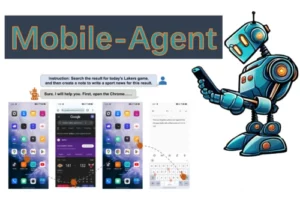
-
Grounded SAM: A Unified Model for Diverse Visual Tasks
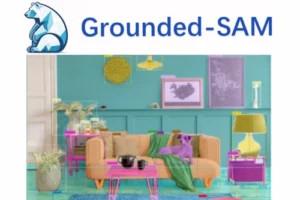
-
Gaussian Head Avatar: High Quality Head Avatar Generator
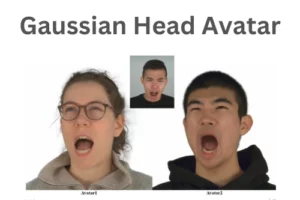
-
Google DeepMind’s AlphaGeometry: Without Assistance Solving Olympiad Geometry Problems
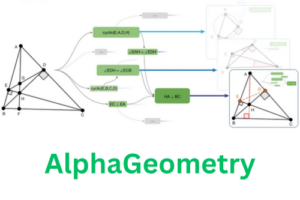
-
OMG-Seg: A Unified Segmentation Model
